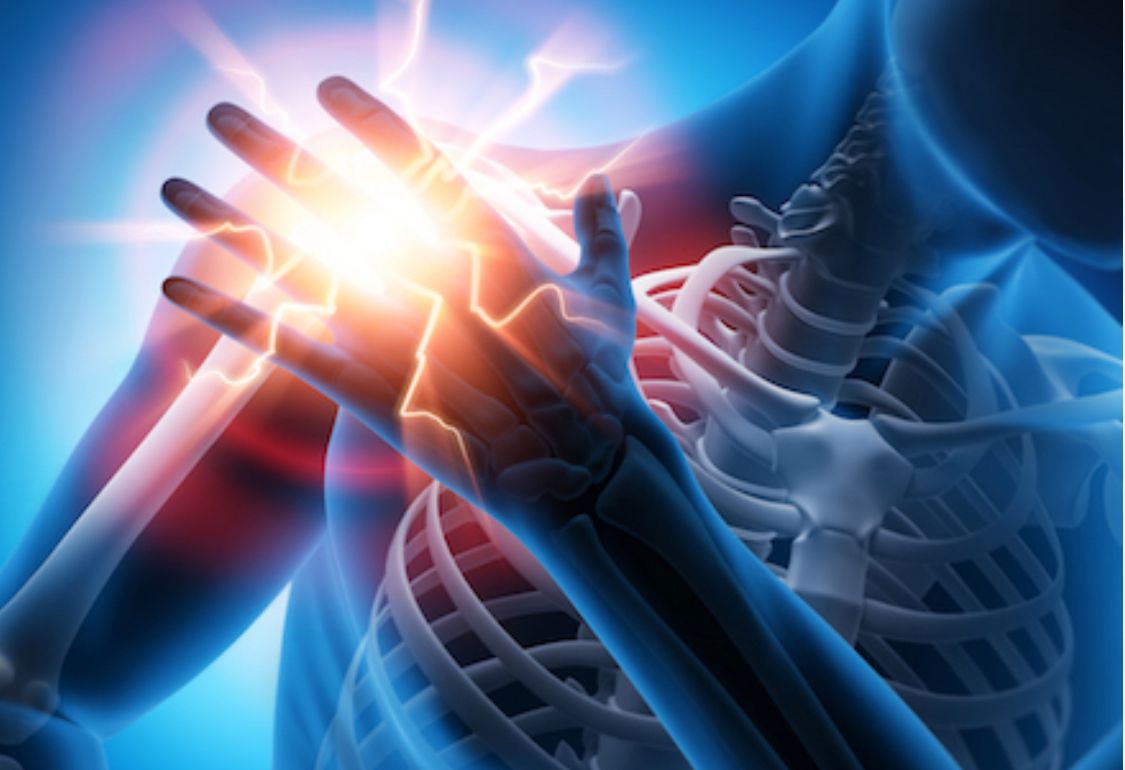Breaking the Ice: Recovery for a Frozen Shoulder
Frozen shoulder, or adhesive capsulitis, is a painful condition where the shoulder joint becomes stiff and restricted, impacting daily activities. Structural chiropractic care can play a valuable role in managing frozen shoulder by correcting structural shifts, improving mobility, reducing pain, and addressing biomechanical imbalances. Here’s how structural chiropractic approaches can help:
1. Adjustments and Mobilization to Improve Function and Restore Joint Mobility
Chiropractors use gentle mobilization techniques on the glenohumeral joint (shoulder joint) and surrounding areas (neck and mid/upper back) to restore range of motion and to relieve compensatory stiffness, as these areas are often involved when shoulder movement is restricted.
2. Soft Tissue Therapy
Techniques such as trigger point therapy, myofascial release/massage, or Graston technique can help reduce muscle tension, prevent and minimize scar tissue formation, and break up adhesions in the shoulder girdle. Treating the surrounding muscles (e.g. deltoids and rotator cuff) enhances flexibility and alleviates discomfort.
3. Addressing Postural Imbalances
Structural imbalances, evidenced by slouching or other forms of poor posture, such as Anterior Head Syndrome (AHS or “Tech Neck” ), can aggravate a frozen shoulder. Chiropractors can help correct these patterns, improving the biomechanics of the shoulder.
4. Cold Laser Therapy
Cold laser therapy may be used to reduce pain and inflammation, facilitating more effective manual therapies and exercises. It’s safe, effective, and backed up by multiple studies that highlight its effectiveness. Best of all, the treatment itself is completely painless—unlike some of the other approaches mentioned above that can be a bit more uncomfortable.
5. Home Exercise Guidance
Chiropractors often prescribe stretching and mobility exercises to maintain the gains from in-office treatments. Exercises such as pendulum swings and passive stretches (primarily subscapularis, upper traps, and pecs) are essential for regaining motion. For an in-depth home corrective program.
Corrective Exercise Program for Frozen Shoulder: (click here)
6. Pain Management and Nerve Function
Chiropractic care can improve nerve function and reduce referred pain by addressing spinal misalignments or restrictions in the neck or upper back. This is particularly beneficial if the patient has existing neck issues such as stiffness from restricted upper trap muscles, or the all-too-common “tech neck”.
7. Nutritional Considerations:
Optimizing diet and supplementation for thawing a frozen shoulder. While chiropractic adjustments, physical therapy and corrective exercises are essential for restoring mobility, nutrition plays a key role in reducing inflammation, supporting tissue re-pair, and optimizing recovery. Click here to see the best dietary strategies and key nutrients to help you manage and recover from frozen shoulder more effectively.
Frozen Shoulder Nutrition Program for Frozen Shoulder: (click here)
When Chiropractic Works Best
As with most health challenges, the earlier the treatment, the better the outcome. Prevention is substantially more effective than reactive treatment. If and when a traditional western approach of NSAIDs and muscle relaxants has failed, a collaborative, multidisciplinary approach, with chiropractic, physical therapy, massage, cold laser therapy, and nutritional optimization will enhance results, and can provide relief and even a permanent solution, where other approaches have failed miserably.
Good luck, and speedy healing!
To schedule a no-cost consultation, call us at 714 540 6792 or click here to schedule yourself!

